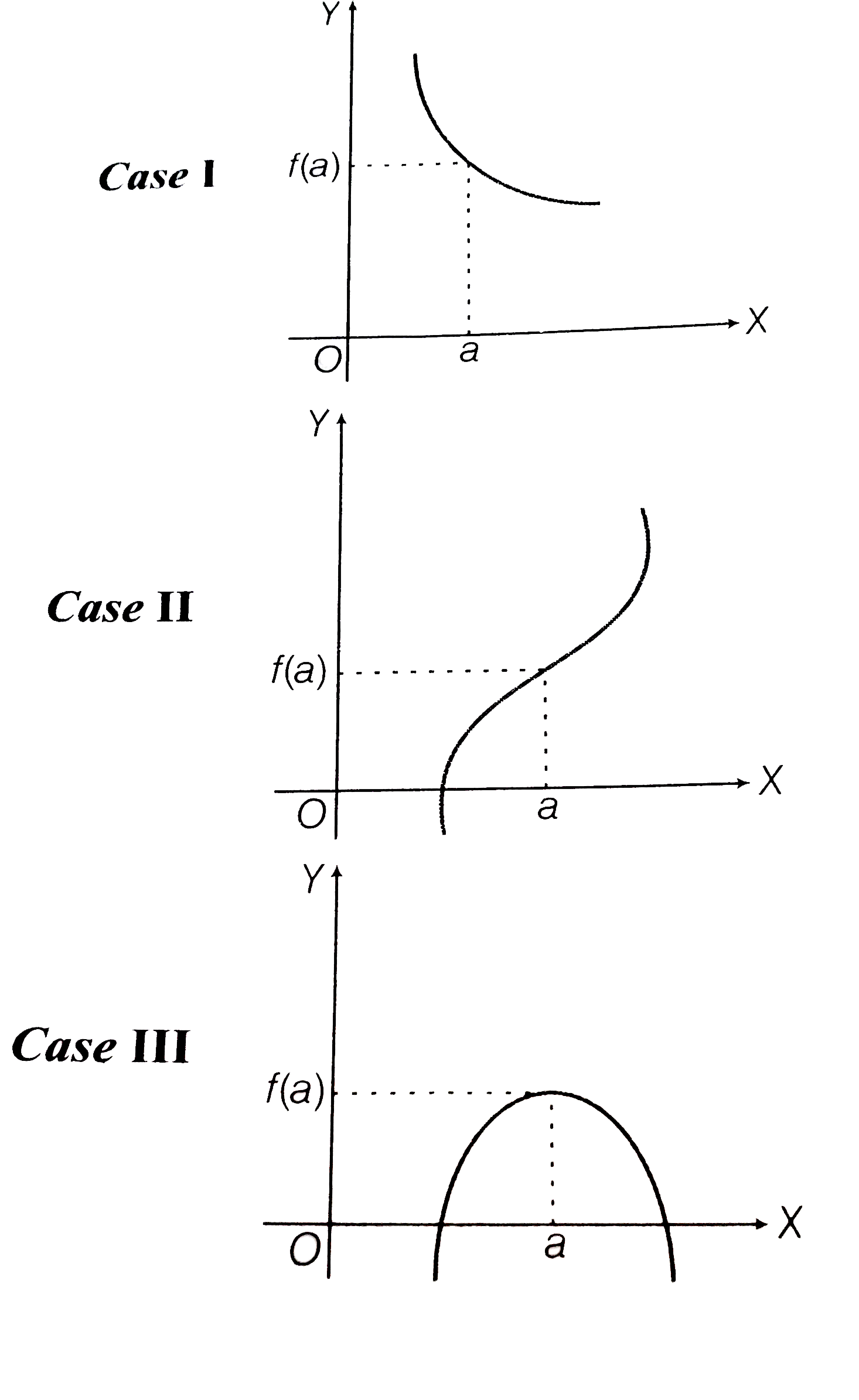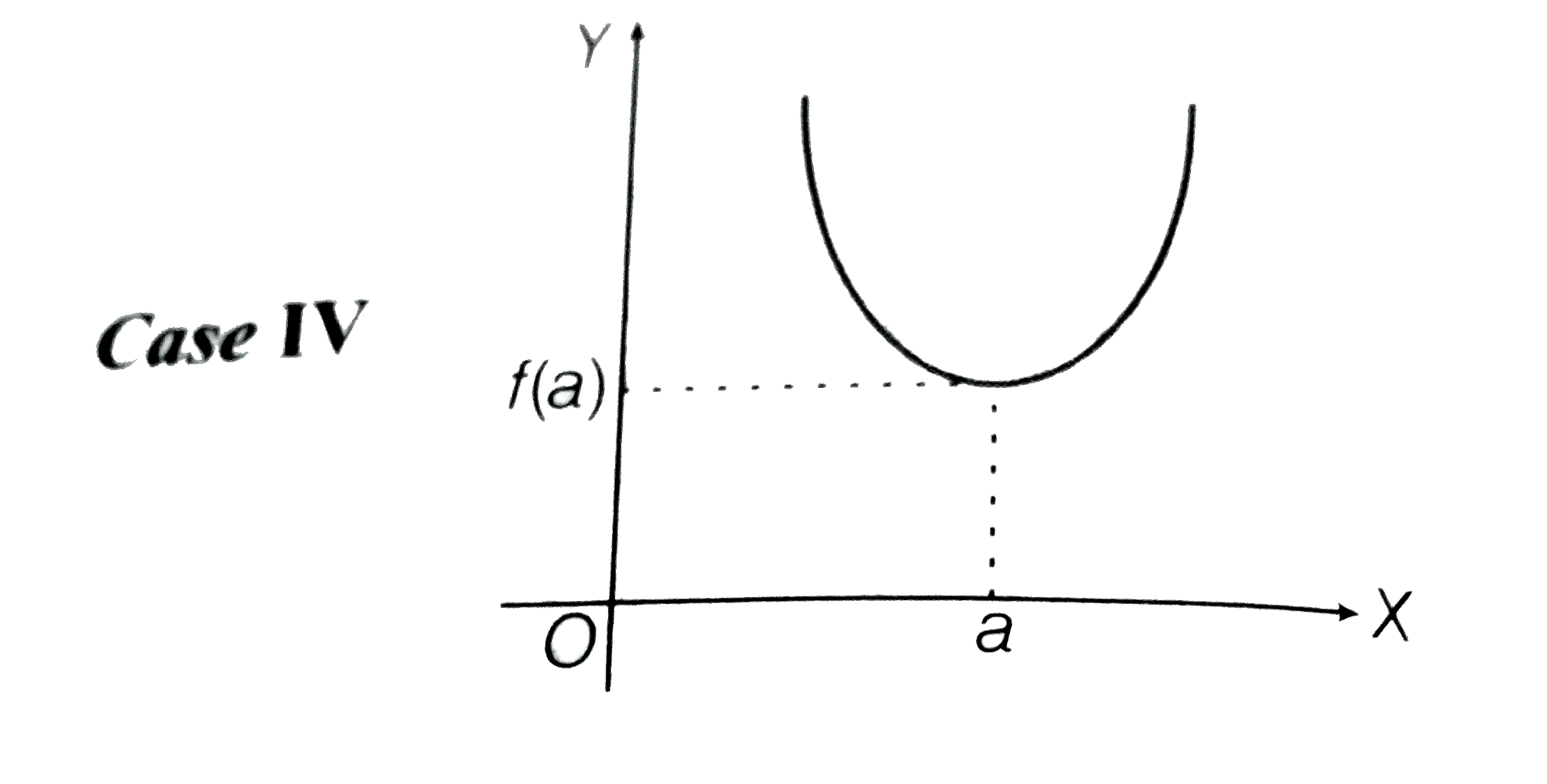If f(x+y)=f(x)+f(y) for x,y∈R and f(1)=1, then find the value of limx→02f(tanx)−2f(sinx)x2⋅f(sinx)Solution in Punjabi
log2
log4
log(2)2
log8
The correct Answer is:C
Step by step video & image solution for If f(x+ y) = f(x) + f(y) for x, y in R and f(1) = 1, then find the value of lim_(x->0)(2^(f(tan x)-2^f(sin x)))/(x^2*f(sin x)) by Maths experts to help you in doubts & scoring excellent marks in Class 12 exams.
Updated on:21/07/2023Topper's Solved these Questions
- LIMITSBOOK - ARIHANT MATHSCHAPTER - LIMITSEXERCISE - Exercise (More Than One Correct Option Type Questions)
15 Videos
- LIMITSBOOK - ARIHANT MATHSCHAPTER - LIMITSEXERCISE - Exercise (Passage Based Questions)
10 Videos
- LIMITSBOOK - ARIHANT MATHSCHAPTER - LIMITSEXERCISE - SOLVED EXAMPLES
1 Videos
- INVERSE TRIGONOMETRIC FUNCTIONSBOOK - ARIHANT MATHSCHAPTER - INVERSE TRIGONOMETRIC FUNCTIONSEXERCISE - Exercise (Questions Asked In Previous 13 Years Exam)
8 Videos
- LOGARITHM AND THEIR PROPERTIESBOOK - ARIHANT MATHSCHAPTER - LOGARITHM AND THEIR PROPERTIESEXERCISE - Exercise (Questions Asked In Previous 13 Years Exam)
4 Videos
Similar Questions
If limx→∞4x(π4−tan−1(x+1x+2))=y2+4y+5 then y can be equal to
View SolutionIf limx→af(x)=1 and limx→ag(x)=∞ then limx→a{f(x)}g(x)=elimx→a(f(x)−1)g(x)
limx→0(sinxx)sinxx−sinx is equal to
View SolutionTo evaluate limx→a[f(x)], we must analyse the f(x) in right hand neighbourhood as well as in left hand neighbourhood of x=a. E.g. In case of continuous function, we may come across followign cases.


Iff(a) is an integer, the limit will exist in Case III and Case IV but not in Case I and Case II. If f(a) is not an integer, the limit exists in all the cases. ltbgt If f'(1)=−3 and limx→1[f(x)−12] does not exist, (where [.] denotes the greatest integer function), then
View SolutionIf α=3sin−1(611andβ=3cos−1(49), where the inverse trigonometric functions take only the principal values, then the correct options (s) is (are)
View SolutionIn Which quadrant Point (−2,−3) will be lie.
View SolutionLet f((x+y)/(2))=(f(x)+f(y))/(2),x,y in R, if f'(0)=-1, then f'((x)/(2))=
View SolutionLet f(x+(1)/(y))+f(x-(1)/(y))=2f(x)f((1)/(y))AA x,y in R,y!=0 and f(0)=0 then the value of f(1)+f(2)=
View SolutionIf f(x)+f(y)=f((x+y)/(1-xy))x>y in R,xy!=1,lim_(x rarr0)(f(x))/(x)=2. Find f(5),f'(-2)
View Solutionf((x+y)/(2))=(f(x)+f(y))/(2)AA x,y in R and f(0)=1 and f'(0)=-1 and function is differentiable for all x, then find f(x) .
View SolutionLet a real valued function f satisfy f(x+y)=f(x)f(y)∀x,y∈Randf(0)≠0 Then g(x)=f(x)1+[f(x)]2 is
View SolutionIf f(x)+f(y)=f(x+y1−xy) for all x,y∈R,(xy≠1),andlimx→0f(x)x=2 then find f(1√3)andf'(1).
View SolutionIf f(x) is a real valued and differentaible function on R and f(x+y)=(f(x)+f(y))/(1-f(x)f(y)) , then show that f'(x)=f'(0)[1+t^(2)(x)].
View Solutionf(x)+f(y)=f(x+y1−xy) ,for allx,y∈R.(xy≠1),and limx→0f(x)x=2.Findf(1√3)and f'(1).
View SolutionLet f(x+1y)+f(x−1y)=2f(x)f(1y)∀x,y∈R,y≠0 and f(0)=0 then the value of f(1)+f(2)=
View SolutionIf f(x)+f(y)=f(x+y1−xy) for all x,y∈R,(xy≠1),andlimx→0f(x)x=2 then find f(1√3)andf'(1).
View SolutionIf f(x) is a function such that (x−y)f(x+y)−(x+y)f(x−y)4xy(x2−y2)∀x,y∈Randf(1)=1 then find f(x).
View Solution
